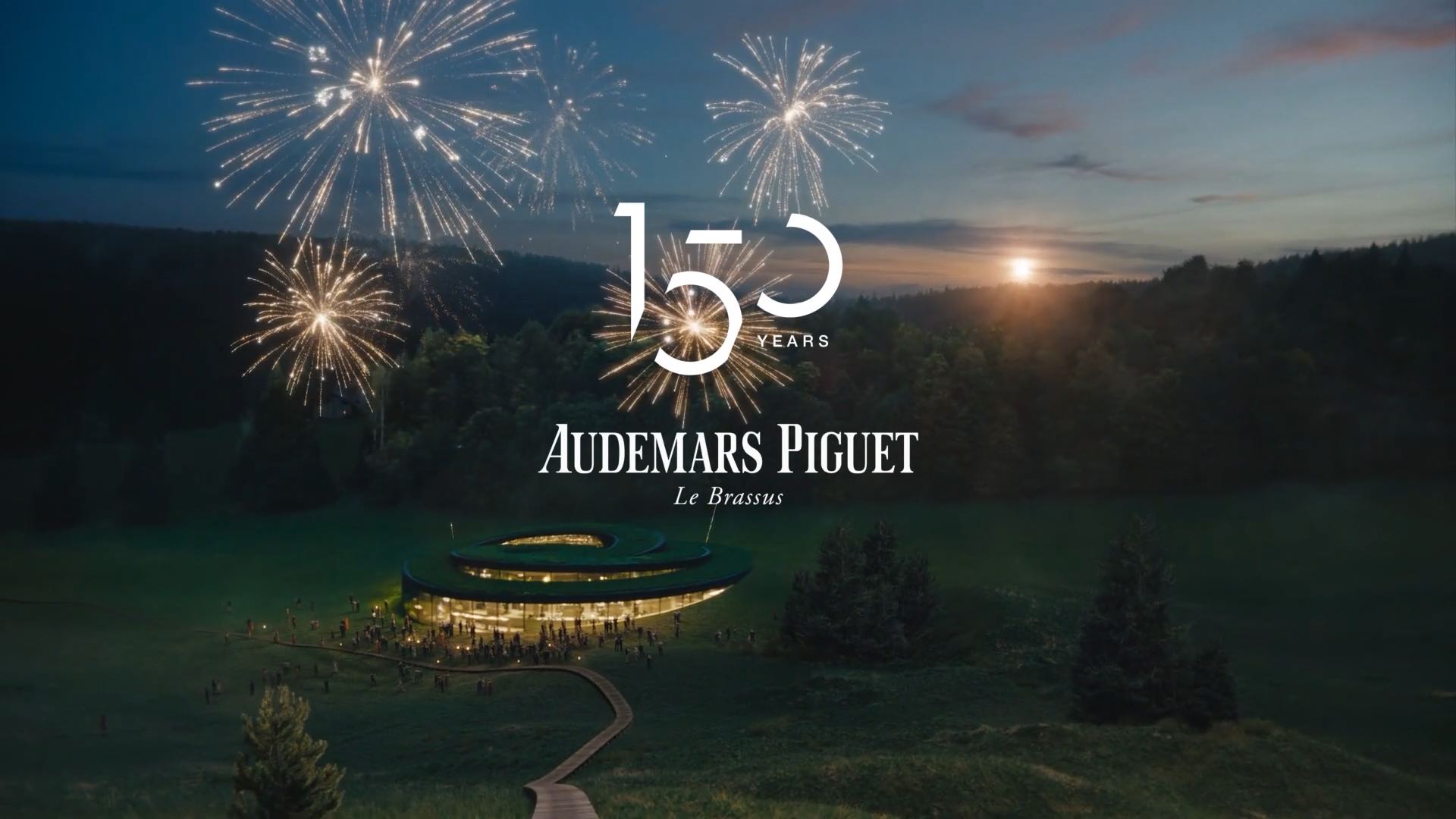Advertising
IWC Schaffhausen Portugieser Eternal Calendar

IWC Schaffhausen Portugieser Eternal Calendar

A tribute to eternity
Moon phase accuracy of 45 million years
An intricate mechanism, reaching further into the future than ever before – capturing the beauty of time and eternity
Moon phase accuracy of 45 million years
An intricate mechanism, reaching further into the future than ever before – capturing the beauty of time and eternity
A watch that precisely reproduces the gregorian calendar’s complex rules, irregularities and exceptions – for thousands, even millions of years to come.



“Since Kurt Klaus developed his legendary perpetual calendar in the 1980s, IWC Schaffhausen has accumulated unique expertise in mechanical calendars that are ingeniously efficient in their design and easy to use. With the new Portugieser Eternal Calendar, we now venture further than ever before, touching the limits of eternity. Our first secular perpetual calendar automatically takes into account the Gregorian calendar’s complex leap-year exception rules by skipping the leap year three times over 400 years. True to the spirit of engineers who are always pushing the boundaries, we have also fitted this technical marvel with a moon phase display that will only deviate from the moon’s orbit by one day after 45 million years”
Chris Grainger-Herr, CEO of IWC Schaffhausen

The
400-years
gear
skips three leap years
in four centuries
45,000,000 years
On that particular issue, however, you will just have to take our word for IT…
On that particular issue, however, you will just have to take our word for IT…
Moon phase
with a calculated accuracy of 45 million years

The moon phase is displayed on the dial using the characteristic Double Moon™ indication, which shows the moon as seen from the Northern and Southern hemispheres. The display consists of two super-imposed discs. A celestial disc with two small circular openings rotates above an immobile lower disc with two dots. This negative representation gives the impression that two small moons are waxing or waning. Here, the lower disc is made of titanium and decorated with a Guilloché pattern. The upper disc is made of glass.
Intricately crafted glass dial
and double box-glass
IWC-manufactured 52640
calibre with seven day power reserve
About
IWC Schaffhausen
Over its more than 150-year history, IWC has earned a reputation for creating professional instrument watches and functional complications, especially chronographs and calendars, which are ingenious, robust, and easy for customers to use. A pioneer in the use of titanium and ceramics, IWC today specialises in highly engineered watch cases manufactured from advanced materials, such as coloured ceramics, Ceratanium®, and titanium aluminide.
A leader in sustainable luxury watchmaking, IWC sources materials responsibly and takes action to minimise its impact on the environment. Along the pillars of transparency, circularity, and responsibility, the brand crafts timepieces built to last for generations and continuously improves every element of how it manufactures, distributes, and services its products in the most responsible way. IWC also partners with organisations that work globally to support children and young people.
IWC Schaffhausen
Portugieser
Eternal Calendar
Technical description

| Reference | : | IW505701 | ||
| Movement | : | IWC-manufactured calibre 52640 Mechanical movement Pellaton automatic winding system | ||
| Rotor | : | 8-carat gold | ||
| Frequency | : | 28,800 vph / 4 Hz | ||
| Jewels | : | 54 | ||
| Power reserve | : | 7 days (168 h) | ||
| Functions | : | Secular perpetual calendar with displays for the date, day, month, year in four digits Perpetual moon phase with 45,000,000 years accuracy for both northern and southern hemispheres 400-years gear for the recognition of irregular leap years Small hacking seconds Power reserve display | ||
| Case | : | Platinum | ||
| Dial | : | Glass dial with white lacquer | ||
| Hands and appliques | : | Rhodium-plated | ||
| Glass | : | Sapphire Double box-glass Antireflective coating on both sides | ||
| Caseback | : | See-through sapphire glass back | : | 5 bar |
| Diameter | : | 44.4 mm | ||
| Height | : | 15 mm | ||
| Bracelet | : | Black alligator leather strap from Santoni | ||
| Buckle | : | Platinum folding clasp | ||





